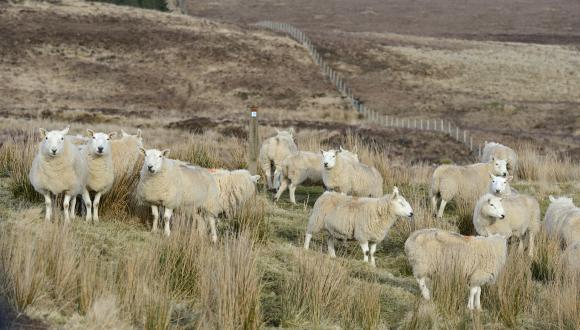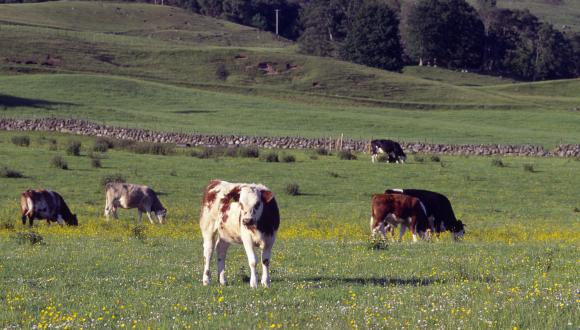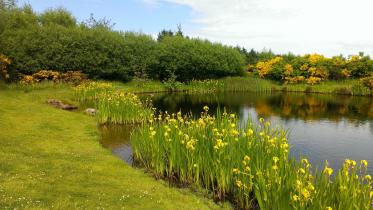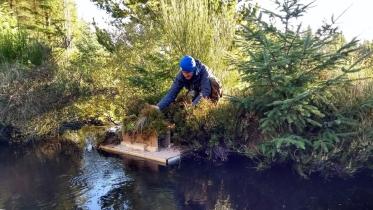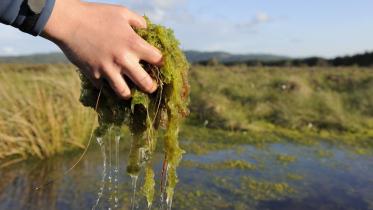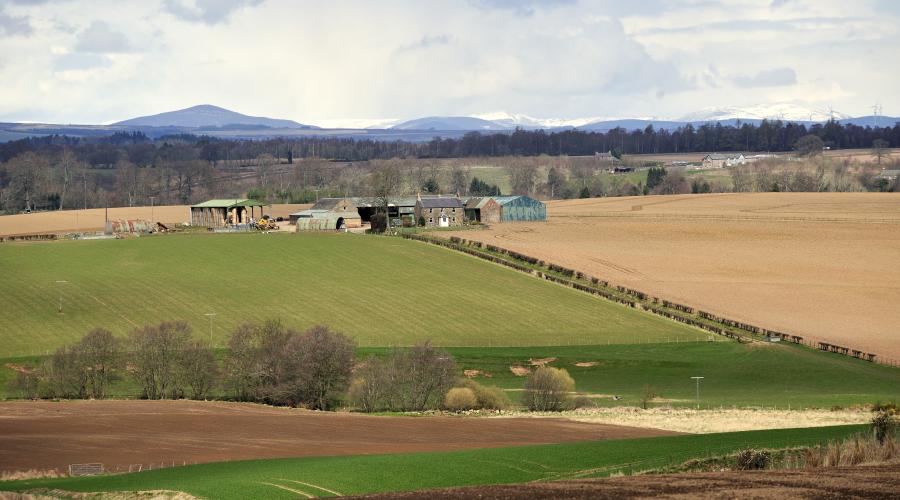
Arable farming
With sympathetic management, arable fields may help to sustain small mammals, birds, insects and rare plants like the cornflower.
Specialist arable farms range in size from less than 100 hectares to more than 250 hectares. Most of the larger arable-only units are in the Lothians and Borders.
Mixed farms, which combine livestock production and arable crops, are more often found on the lower slopes of the hills, particularly in Grampian.
Crops grown in Scotland include:
- spring barley – the main crop
- winter wheat and winter barley
- oilseed rape, potatoes and other root crops – to a lesser extent
- soft fruit such as strawberries, raspberries and blackcurrants – grown mainly in Tayside and Fife
- vegetables such as peas, carrots, turnips and swedes – grown mainly in Tayside and Fife
Arable fields often depend on high levels of inputs (e.g. fertilisers and pesticides) and are less diverse than other farmland habitats. But when managed less intensively and with arable margins, conservation headlands or beetlebanks, they may sustain small mammals, birds, insects and rare plants like the cornflower.
Wildlife opportunities
Spring-sown crops offer several opportunities for wildlife:
- fields left in stubble over the winter provide food for seed-eating birds
- spring tillage brings to the surface invertebrates that can be fed to chicks
- the crops form a suitable short cover in spring for ground-nesting birds like lapwing
Better soil management and targeted use of inputs may help to promote greater biodiversity and limit the risks of soil damage and water pollution. Specialist arable farmers today use new technologies to improve the use of inputs in farming – for the benefit of the environment and business.
To find out more, view the Simply Sustainable Biodiversity and Simply Sustainable Soils guides on the Linking Environment and Farming website. For more on soils, see Valuing Your Soils: Practical guidance for Scottish farmers on Scotland‘s Rural College website.
Hedgerows and field margins, corners, dykes and other areas of less productive land can be valuable wildlife habitats if properly managed. Many arable farms are required to manage 5% of their land as Ecological Focus Areas (areas managed to benefit the environment and climate) under the new Greening requirements. These areas can provide good breeding habitat, winter and chick food for birds such as skylark and corn bunting.
The Scottish Rural Development Programme offers specific management options to improve habitat availability for arable wildlife.
Read Managing Arable Farmland for Wildlife: Replacing the benefits of set-aside
